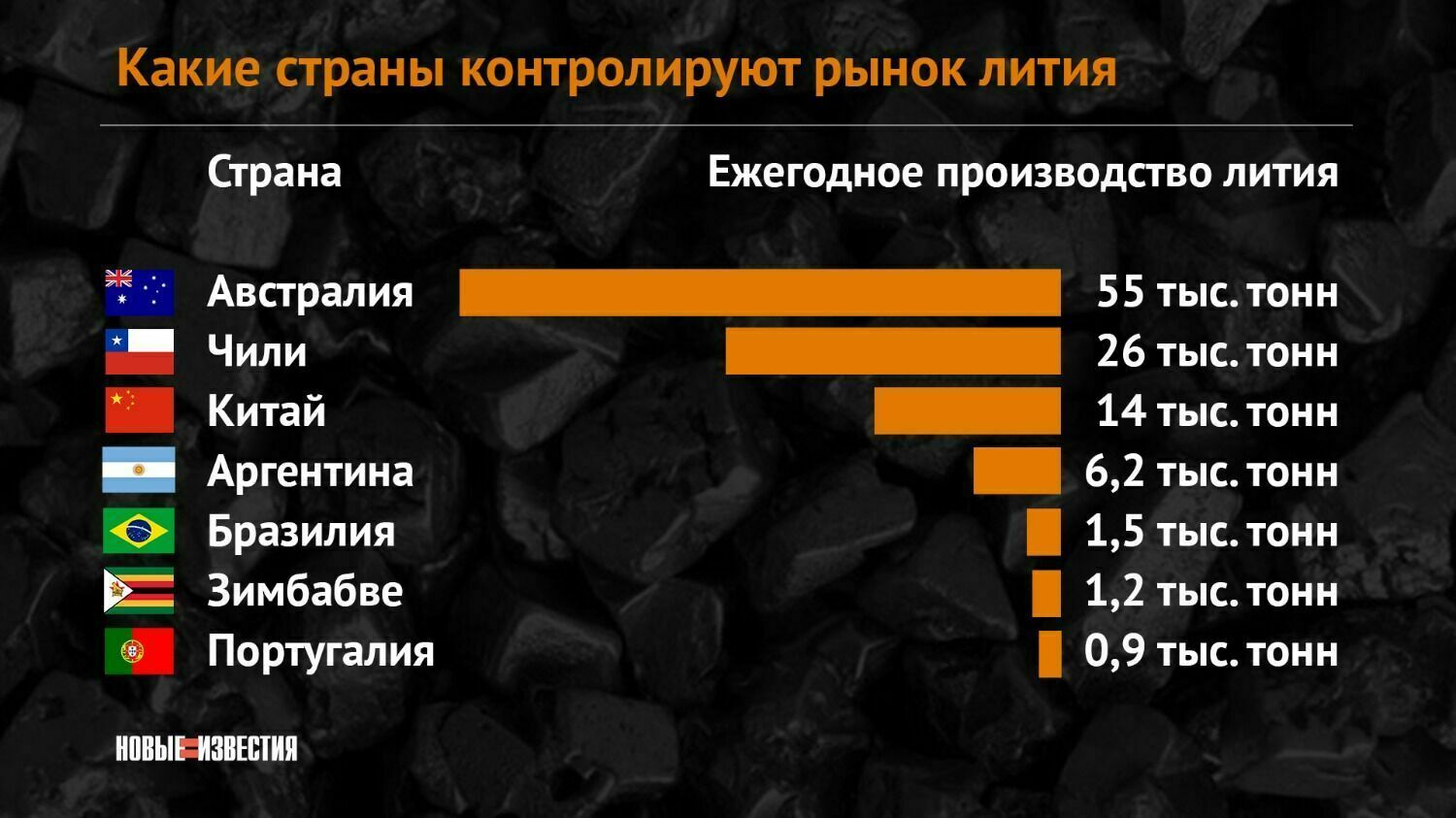Posted 28 декабря 2022, 13:00
Published 28 декабря 2022, 13:00
Modified 28 декабря 2022, 13:23
Updated 28 декабря 2022, 13:23

Results 2022: good cars in Russia will once again become the lot of the chosen ones
Victoria Pavlova
Self-driving hybrids, clean electric cars and even hydrogen cars are driving on the roads of Russia.
And by 2030, the share of cars produced in Russia will reach 80% again, as in the old wonderful pre-February times. A wonderful world of a new future! Approximately such prospects were outlined by the head of the Ministry of Industry and Trade Denis Manturov, describing the Strategy developed by the department for the development of the automotive industry in Russia until 2035.
The basis of this development will be state support. But if now the emphasis is on maintaining demand, then in the future the basis will be to support the production of automotive components. And the allocation of 50 billion rubles has already been agreed for this. But won't this money be thrown away?
Car paradise in a single Russia
Plans to develop modern environmentally friendly transport with a high degree of automation look attractive: the costs of the current maintenance of the car will decrease, it will become easier to breathe, accidents and deaths (for the first half of 2022, according to the traffic police, 5,600 people died in an accident – a serious blow to demography) on the roads should be reduced.
Now 10 liters of AI-95 gasoline, on which many cars will be able to drive 100 km, cost an average of 525 rubles in Moscow. Charging 23 kWh, which will be enough for most electric vehicles for 100 km of travel, will cost about 40 rubles at the night rate in Moscow, and 136 rubles at the maximum daytime rate. The savings are obvious!


The air in cities will become cleaner: emissions of harmful substances will be transferred from the streets to the installation sites of power plants. This is not a bad prospect considering that about 13% of all electricity is generated at the dirtiest coal-fired thermal power plants in Russia. The rest of the generation is accounted for by much cleaner gas thermal power plants, nuclear power plants and hydroelectric power plants. There is only one problem - all these plans are still extremely far from reality and from the people.
Expensive pleasure
The described technologies are expensive.
In Russia, the only produced electric car "Evolve i-Pro", built by the Chinese in the body of the "Nissan Sylphy" model of 2005, which does not even have heated seats, without taking into account the state subsidy, costs 2.99 million rubles. A lot for an economy class car, but there is practically nothing to compare it with in Russia. The parallels between gasoline and electric cars are easier to draw in Germany: the Volkswagen Golf costs from 29,560 euros there, and the Volkswagen ID electric car is similar in size.3 – from 43995 euros. The difference is 1.5 times!
And even with the development of the domestic component base and increased localization, the price is unlikely to be significantly brought down. Everything depends, at least, on the production of batteries. They need lithium in large quantities. But this rare earth metal has not been mined in Russia for more than 20 years. We have to rely only on imports. Now battery manufacturers depend on several of the largest lithium manufacturers.


Not all countries are friendly to Russia, which means it will not be possible to save on supplies. China is also unlikely to sell lithium at bargain prices. Chinese companies consider Russia only as a market for products with high added value. Therefore, they are in no hurry to transfer car production technologies to us and for the most part are engaged in the supply of almost finished cars. So it is with batteries: it is more profitable for them to sell finished goods, not raw materials. Moreover, at the end of December, the only Russian manufacturer of lithium-ion batteries, the company "Liotech", which is part of "Rusnano", went bankrupt.
Hydrogen fantasies
It's still more interesting with hydrogen-powered cars.
With electric cars, at least it is clear what to do. And hydrogen technologies in the world are still coming to a standstill: it is too difficult and expensive to store this volatile gas. The number of hydrogen refueling stations around the world is still only in the hundreds. And there is only one model in mass production – the Toyota Mirai, which was released in 2020 in an amount of only 6000 copies. There was also a Honda Clarity FCX, but it was removed from the assembly line last year due to low demand.
Domestic automakers, unfortunately, are not distinguished by outstanding competencies in the field of hydrogen cars. The only domestic hydrogen car is the Niva built at AVTOVAZ in 2001 with fuel cells (they consume hydrogen and generate energy for an electric motor) from the Soviet space shuttle Buran. Fuel cell tanks occupied the entire trunk, and the engine had a power of only 20 hp.
New fuel is not enough for Manturov. According to him, the emphasis will also be placed on the "technology of autonomous transport". In the world, this is already a reality: Tesla winds up hundreds of thousands of kilometers without driver intervention. But the future of domestic autopilots is also shrouded in fog, because they require powerful modern processors. For example, the new Chinese electric car "Nio ES7" has 33 different sensors around the perimeter. They monitor the situation, and 4 Nvidia Orin X processors with a total capacity of 1016 trillion operations per second. A 5 nm process technology is used in production. Russian manufacturers have so far stopped at the 65 nm process technology – this is the "Intel Pentium 4" level of 2006. Domestic equipment for the production of chips according to the technological process in Russia will appear at best by 2028. There is already a little time left before the completion of the implementation of the strategy.
The buyer who is not there
And now the main unresolved question is: who will buy all these beautiful cars of the future?
While the availability of even the cheapest cars is falling. RIA Rating research shows that only 16.3% of Russians can afford to buy and maintain a new affordable car (a car worth up to 900 thousand rubles is considered available from 2022, now only Lada Granta is included in this category). Acceptable values (more than a third of the population) were shown only by Yamalo-Nenets Autonomous District, Chukotka, Magadan Region, Khanty-Mansi Autonomous District and Moscow. Cars of the middle price segment (up to 2.5 million rubles) can be bought and maintained by only 4.5% of Russians. Chechnya and Ingushetia are at the tail of the rating – only 2.8% and 2.6% of residents can afford a new "Grant" there, respectively.
Industry can be pumped up with money, within the framework of public procurement to pay for R& D for the development of electric drives, hydrogen fuel cells, computers for autopilot and other components. But without proper demand, factories will stand idle and gradually die out. And while the Ministry of Industry and Trade is drawing the projects of the distant future, in Russia the Lada Granta remains a luxury without auxiliary electronics at all.